Being guests on the island of Bali, most people appreciate the diversity and versatility of its culture. While tourists often encounter painting, music, dance, and theatrical performances, Indonesia also has a film industry worth exploring.

The history of Indonesian cinema spans over a century, evolving from a hobby of enthusiasts into a full-fledged industry with its own blockbusters and stars. Let's briefly outline the key stages and major milestones in the history of Indonesian cinema, from the colonial period to the present day.
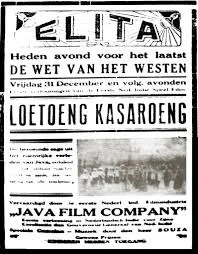
Dutch Colonial Period (1900-1941)
The Indonesian audience first witnessed motion pictures during the Dutch colonial era in 1900. In the same period, the first silent documentary film about the journey of the Queen and King of the Netherlands to Kebon Dje, Tanah Abang, was produced. Over the next two and a half decades, films from America and China occasionally made their way to Indonesia. In 1926, local film production started with "Lottoeng Kasaroeng" by G. Kruger and L. Heuveldorp. Although made by Germans and Dutch, this film by the NV Jaya Film Company in Bandung is considered the first Indonesian feature film, showcasing an authentic local story. Local film production and consumption grew as economies in countries like China and India developed.
It is notable that the roots of Indonesian filmmaking were more socio-economic than socio-cultural, as foreign directors captured their perspectives on the state while being incapable of fully addressing crucial societal issues. The absence of local directors led to films with external influences, often unable to address significant societal topics. Some local actors and stories didn't contribute significantly to overcoming the films' detachment from broader societal concerns.
Japanese Colonial Period (1942-1945)
During the Japanese occupation, the Indonesian film industry faced extreme and at times brutal cultural repressions. Only propagandist films glorifying the greatness of militaristic Japan were permitted, and all foreign films were strictly prohibited in Indonesia. Viewers were limited to Japanese-made films and those produced by the Indonesians permitted by the Japanese authorities.
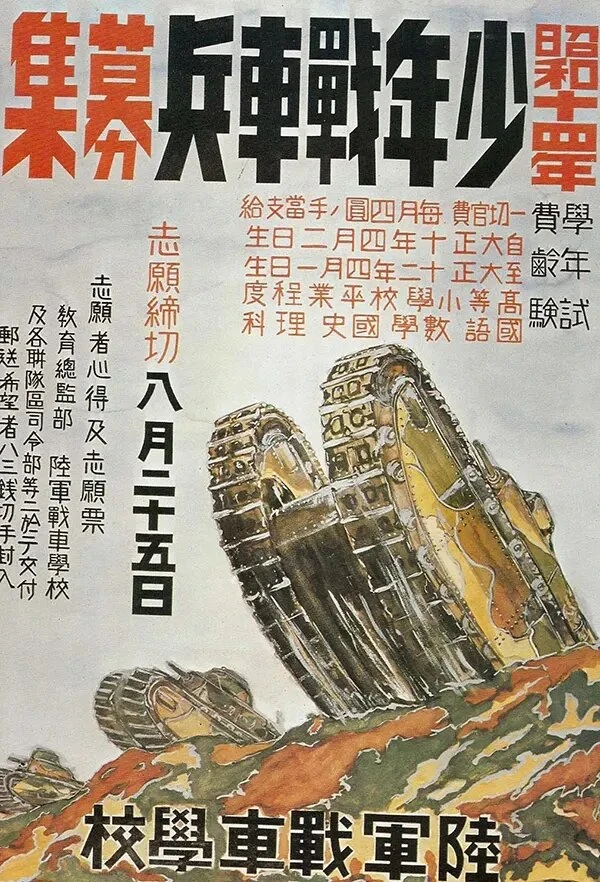
Agitation Poster from the Japanese Colonial Period - 1944:
Independence Period 1945-1949
As you know, this period was marked by the war for Indonesia's independence from Dutch influence. At the start of the conflict, the Dutch company Pacific Corporation was transformed into the National Film Center (PFN). The Indonesian Association of Cinematographers (Parfi) was established. Unfortunately, the development of the film industry didn't receive a significant boost during this time. Direct actions, such as sponsoring various projects, were needed to stimulate the growth of the Indonesian film industry. As a result, competition became unbalanced, with foreign films flooding Indonesia while local production remained underdeveloped.
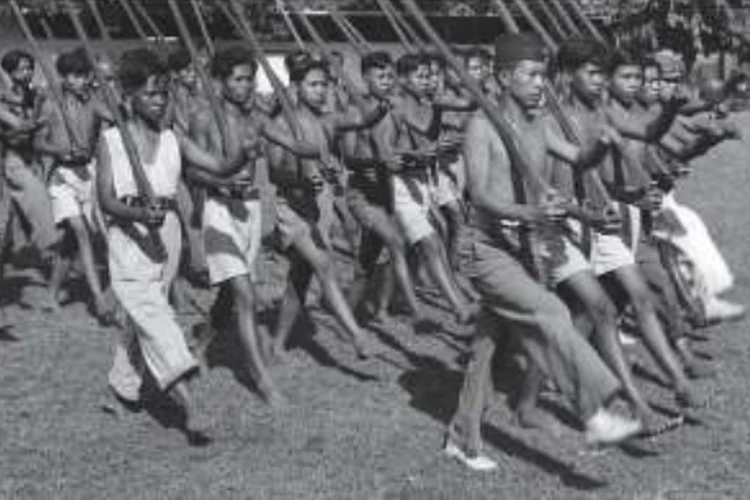
Period 1950-1959
This era in Indonesian cinema was characterized by the work of newly-trained genre specialists, some of whom held special education and were members of cinematographer organizations. On March 30, 1950, Usmar Ismail founded the Indonesian National Film Company (PERFINI), and his first production was the film "Darah dan Doa (Blood and Prayers)."
March 30 is traditionally celebrated as National Cinema Day. Usmar Ismail's "Blood and Prayers" was the first film directed by an Indonesian and produced by his own company.
On April 23, 1951, the Artists Company of the Republic of Indonesia (PERSARI), under the leadership of Jamaluddin Malik, officially established a film studio, gathering actors and cinema and theater specialists under its wing. The production of domestic films increased and reached its peak in 1955, with 59 films released.
Realizing the importance of film promotion, the Indonesian Cinema Entrepreneurs Association (GPBSI) and the Indonesian Film Press Association (PERPENI) were established in 1955. The same year saw the first Indonesian Film Festival (FFI).
In terms of culture, India had a significant influence on local cinema. As early as 1959, Indian films began appearing in Indonesian theaters and quickly gained popularity among the local audience.
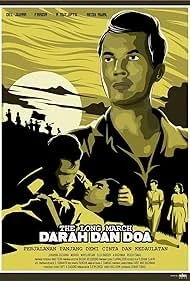
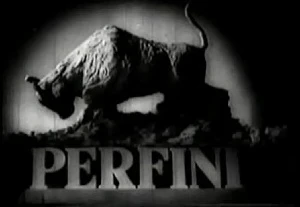
Period 1960–1969
The 1960s were filled with upheavals as they coincided with the unprecedented influence of the Communist Party of Indonesia (PKI) as a new social force. Additionally, party supporters took decisive actions, such as boycotting films they deemed "agents" of American imperialism. In 1964, the number of cinemas sharply declined due to arson attacks. The G30S Movement (September 30th Movement) uprising further exacerbated an already complex situation. The peak of uncertainty came in 1966, paralyzing production activities in many sectors of the economy.
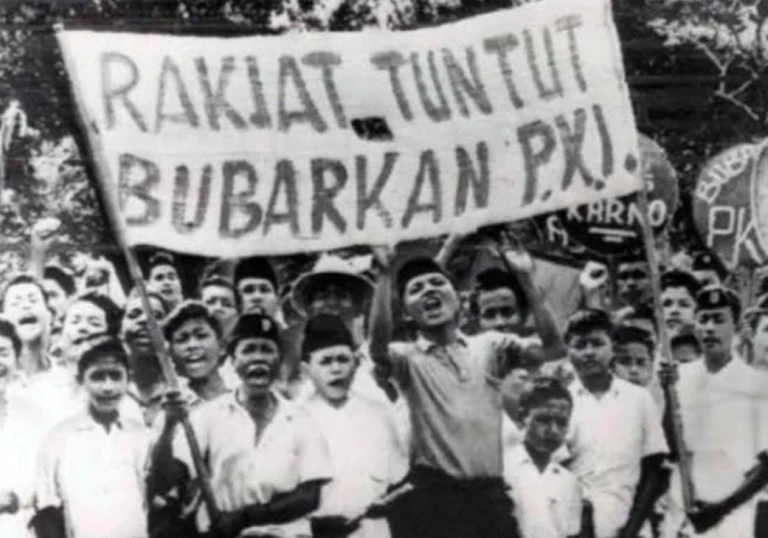
Period 1970–1990
In 1970, the Indonesian film industry began recovering from the shocks and finally showed relative growth. Film production reached a modest 19 pictures, but it was an improvement compared to 1969 when only 11 films were released. During this period, film production technology and the film industry globally developed rapidly. The rise of "New Hollywood" and even the "Blockbuster Era" increasingly influenced the local cinema. The film "Tjoet Nja' Dhien," which received the national Citra Awards in 1988, also became the first Indonesian film selected for screening at the Cannes Film Festival.

In the 1990s, Indonesian cinema faced another decline, marking the worst period since its revival in the early 1970s. Several factors contributed to this, including the rise of private television, flaws in the management systems of film companies, and unprecedented competition with foreign films. The resurgence of importing foreign films, especially from the USA and Hong Kong, played a role in reducing the number of local films to a worrisome level, reaching only seven films per year by 1999.
2000s to Present
The period from 2000 to the present has seen a true renaissance in Indonesian cinema, emerging after the presidency of Suharto. Previously taboo subjects related to religion, race, and sexuality began to be increasingly addressed in mainstream releases. In 2000 and 2001, only six films were produced each year, but by 2002, the number had increased to 10.
The release of the film "Ayat-ayat Cinta" ("Verses of Love") in 2008, directed by Hanung Bramantyo, a melodramatic story blending traditional Islam with modern romance, contributed to attracting a Muslim audience to the country's theaters.
In 2009, Infinite FrameWorks released its first full-length animated film, "Meraih Mimpi" ("Song of the Dawn"), which, despite foreign participation, was predominantly Indonesian in production, featuring local artists and dubbing.
2012 marked the emergence of several Indonesian films that gained international recognition, such as "The Raid: Redemption," "Modus Anomali," "Dilema," "Lovely Man," "5 cm," "Java Heat," and more.
Currently, Indonesian cinema is actively evolving, incorporating increasingly modern and advanced technologies. Unfortunately, most films remain without international translation and dubbing, limiting our ability to appreciate local cinematic art. Nevertheless, for an introduction to Indonesian cinema, we recommend watching films such as "The Raid" (2011 and 2014) and "Verses of Love" (2008).



You can add one right now!